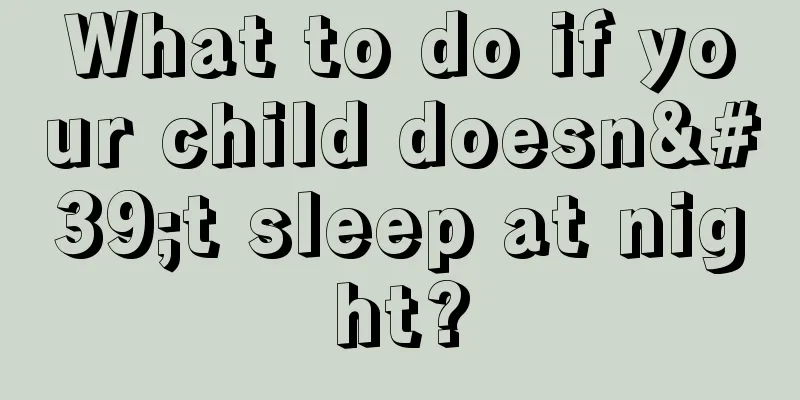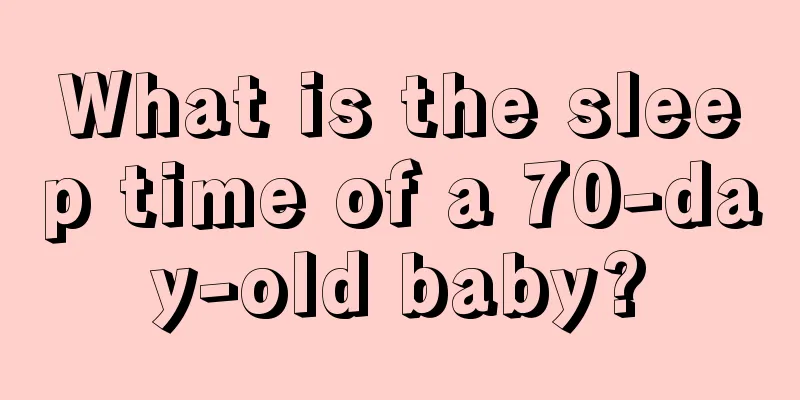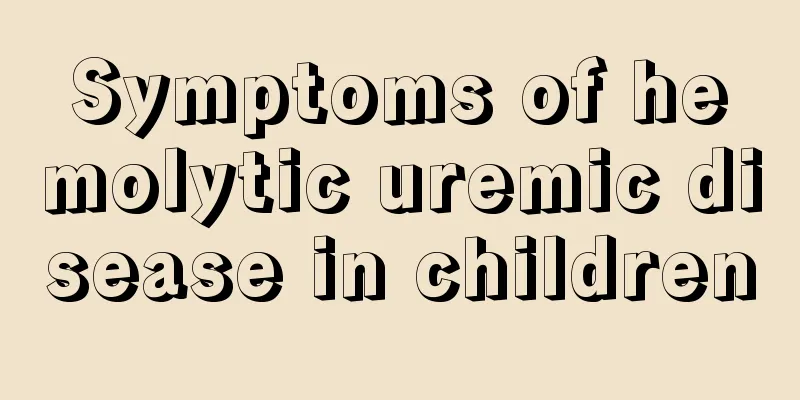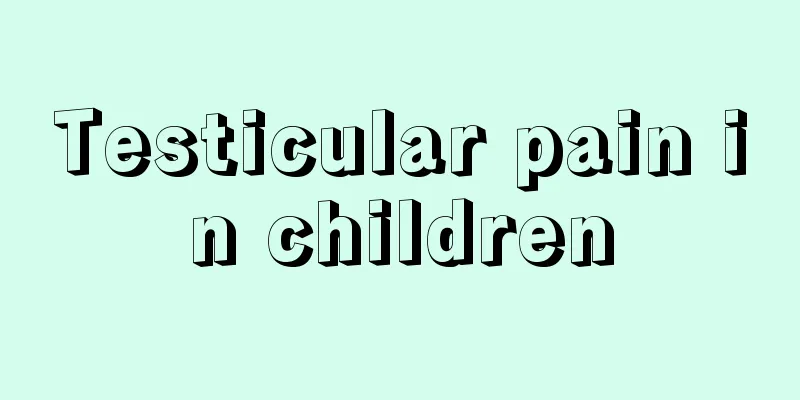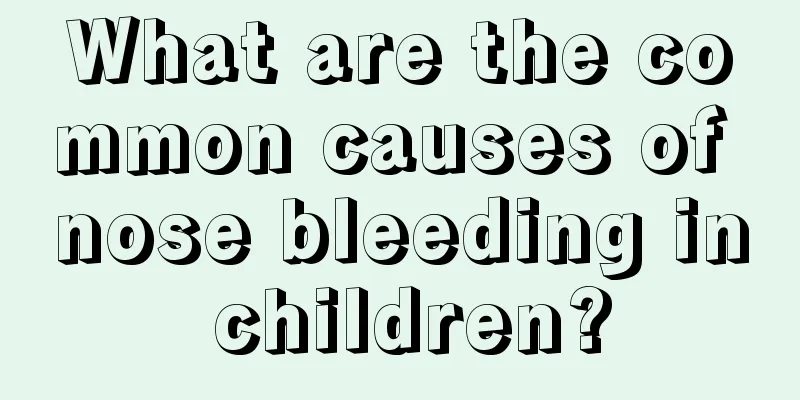The differences between wind-heat cold and wind-cold cold in children
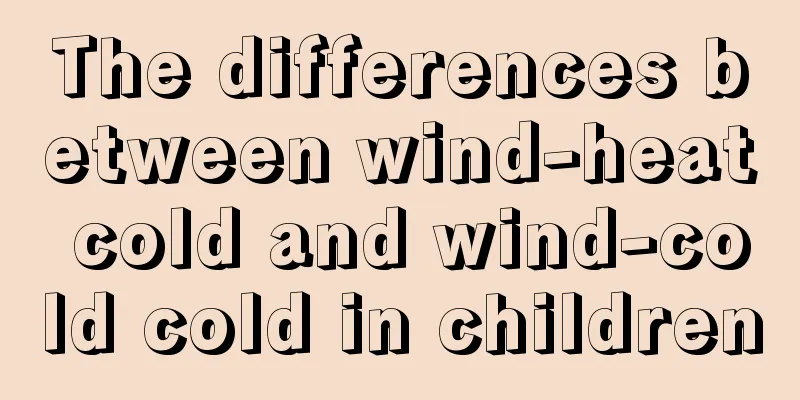
|
Children's physical health is what parents care about most. Once a child becomes ill, parents will be very worried. We suggest that parents can learn some knowledge about common childhood diseases. Once children have some common diseases, parents will know how to deal with them. We know that children are prone to colds, and children's colds are generally divided into wind-heat colds, wind-cold colds and summer heat colds. Many parents want to know what is the difference between a wind-heat cold and a wind-cold cold in children. In fact, in order to distinguish between a wind-heat cold and a wind-cold cold, we need to compare the symptoms of the two respectively. To judge the difference between children's wind-cold colds and wind-heat colds, to be precise, traditional Chinese medicine divides colds into three types: in addition to wind-cold colds and wind-heat colds, there are also summer heat colds. The difference between wind-cold colds and wind-heat colds is not absolute, and the treatment method also needs to be treated according to specific circumstances. Now let’s learn about this related knowledge! What is a cold? Wind-cold cold: It often occurs in cold seasons, such as winter, late autumn and early spring, and is a disease caused by the cold evil. Symptoms of a cold caused by wind and cold: mild fever, severe chills, no sweating, headache and body aches, clear nasal discharge, cough, no redness or swelling in the throat, pale red tongue, and a floating and tight pulse. Treatment for colds caused by wind and cold: Use pungent and warm methods to relieve the symptoms. Commonly used Chinese patent medicines include Xiaoer Zhibao Pills, etc. What is a wind-heat cold? Wind-heat cold: It often occurs in warm seasons, such as spring, early summer and early autumn. It is a disease caused by wind-heat evil spirits. Symptoms of wind-heat cold: severe fever, mild chills, sweating or little sweating, headache and nasal congestion, sore throat, red tongue, and rapid pulse (i.e. fast pulse). Treatment for wind-heat cold: Use spicy and cool herbs to relieve the symptoms. Commonly used Chinese patent medicines include Xiaoer Resusuqing oral liquid, Xiaoer Chiqiao Qingre Granules, Xiaoer Ganmao Granules (oral liquid), etc. The simplest and biggest difference between colds caused by wind and heat 1. The easiest way to judge whether it is a cold caused by wind-cold or wind-heat is to look at the color of the sputum. (1) If the sputum is yellow and thick, and there is a runny yellow nasal discharge, it can be preliminarily considered to be a wind-heat type cold. (2) In contrast, wind-cold-type colds produce less phlegm and clear nasal discharge, while wind-cold-type coughs produce thin, white phlegm. 2. The biggest difference between a cold caused by wind-cold or wind-heat is (1) Patients with wind-cold have more obvious symptoms such as fear of cold and body aches. (2) Patients with wind-heat cough up yellow or thick sputum, while patients with wind-cold cough up thin white sputum. (3) The runny nose caused by wind-cold cold is clear, while the runny nose caused by wind-heat cold is thicker. (4) Also, look at the tongue coating in the mirror. Wind-cold is a white coating, while wind-heat is a yellow coating. Precautions The above is the difference between judging children’s wind-cold colds and wind-heat colds. Colds are very common in both adults and children. However, to treat a cold, you must first distinguish whether it is a wind-cold cold or a wind-heat cold, so that the treatment can be effective quickly. In the above article, we divided children's colds into three categories from the perspective of traditional Chinese medicine. One is wind-heat cold, one is wind-cold cold, and the other is summer heat cold. Parents usually tend to confuse children's wind-heat cold with wind-cold cold. The above article introduces in detail what is a wind-heat cold and what is a wind-cold cold, and points out the biggest difference between wind-heat cold and wind-cold cold. |
<<: How to prevent and detect bronchitis in children
>>: Symptoms of rheumatoid arthritis in children
Recommend
What causes left chest pain in children?
Children's resistance is not as strong as tha...
What are the symptoms of gastroesophageal reflux in children?
Gastroesophageal reflux in children is a phenomen...
Does it hurt to extract baby teeth?
Dental problems are not age-specific, especially ...
The reason why red pimples grow on children's backs
The physical health of children is what parents c...
What are the causes of indigestion in three-month-old babies?
The birth of a baby brings such a great surprise ...
Delayed growth of children
A child's height is the most representative f...
Why do children get cavities?
We often see some children who are white and chub...
Causes of pharyngitis in children
We know that since children's organs are not ...
What to do if your child has a cough after eating cold food
In summer, everyone likes to eat some cold food. ...
Causes and care of blue eyes in babies
Many newborn babies are relatively fragile. At th...
What are the symptoms of bronchitis in two-month-old babies?
What are the symptoms of bronchitis in a two-mont...
Treatment of black particles in baby's stool
Black particles in baby's stool often make ou...
Which material is better for baby bottles?
A milk bottle is something that every baby must u...
Can children drink soda?
In the past two years, people seem to have become...
What to do if your baby coughs after falling asleep
What I fear and worry about the most is that my b...
